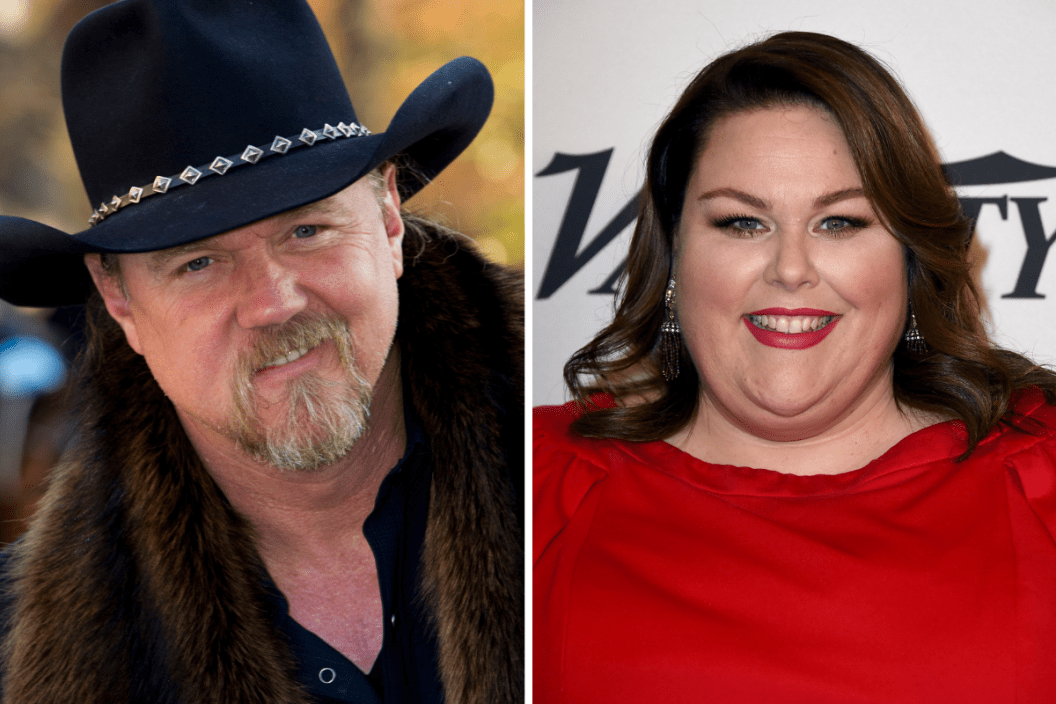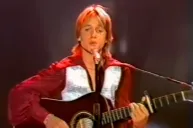Cameo, the app that lets fans purchase custom video messages from celebrities, has teamed with the ACM's charitable arm to raise funds for the ACM Lifting Lives COVID-19 Response Fund as well as music therapy programs.
Caylee Hammack, Maddie & Tae, Josh Turner, Chrissy Metz, Deana Carter, Jon Pardi, Lauren Alaina, Mickey Guyton, Trace Adkins and Tyler Hubbard are among the "Cameo Goes Country" participants. These and other artists will donate 100 percent of their proceeds to Lifting Lives and other causes. You can even secure birthday wishes for loved ones from Kesha's mom, "Old Flames (Can't Hold a Candle to You)" co-writer Pebe Sebert.
Fans can book either video messages or digital meet-and-greets with participating talents.
Carrie Underwood was originally listed, with custom greetings from her costing $1,000. Chances are, first-come, first-served opportunities to book Underwood went fast. Her page lists her as temporarily unavailable (as of June 4), so there's a chance she'll still belt out "waiting all day for Father's Day night" for the right price in time for June 20.
Read More: 'I'd Want It To Be You': Barbra Streisand Finishes What She Started With Willie Nelson
It'll cost $400 to hear Adkins say your best friend's name in his deep drawl, while actor turned country singer Metz seeks $350 per Cameo gig. Both would work if you're in need of a belated and inspiring high school graduation message for someone special. For something more affordable (and more delightful), Alaina will dish out puns for $95.
"Cameo Goes Country" went live on June 3 and continues through June 30.
Per Billboard, ACM Lifting Lives' COVID-19 Response Fund was formed in April 2020. So far, it's distributed over $3.5 million to music industry professionals facing hardships due to losing work during the COVID-19 pandemic.
Now Watch: 'The Thunder Rolls': The Story Behind Garth Brooks' 1991 No. 1 and its Banned Video




